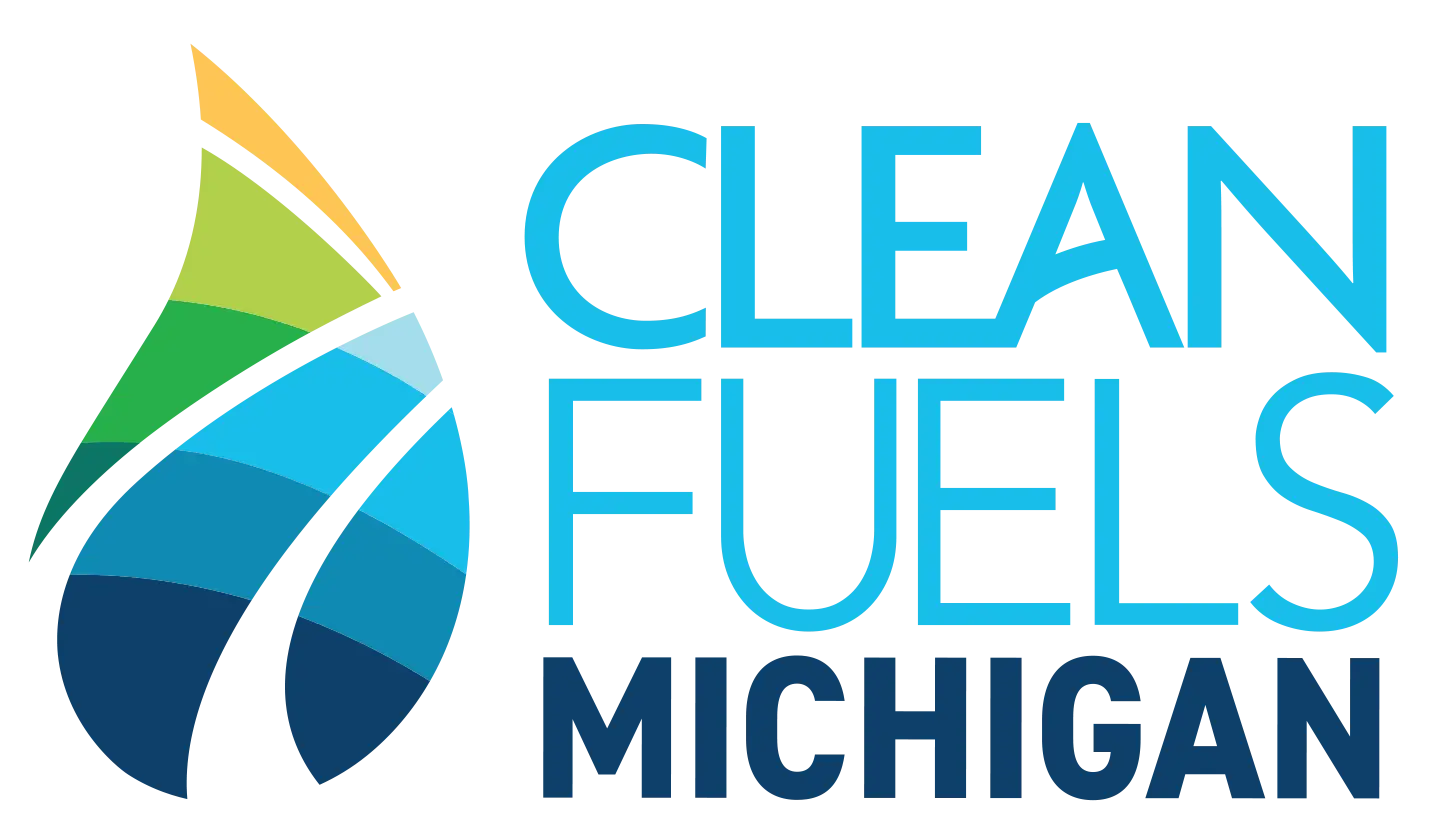When my husband and I moved our two elementary-aged kids to Kentucky in 2014, we were concerned about the quality of the public education there. But we quickly recognized our new school was leaving our highly-ranked and beloved Michigan school in the dust. Our Kentucky school tour guide was a student who showed us around and explained what it meant to be a “Lighthouse School.” We discovered that the students led an in-person, school-wide morning meeting every school day. They used multimedia tools to communicate school events, daily affirmations, and gratitude. Talk about a motivating way to start your day! The elementary schoolers stunned me. By the time we moved back to Michigan two years later, I realized that we often underestimate the potential of our kids.
A Michigan native and proud parent of two, I take my work at Clean Fuels Michigan personally. Our team works hard to help ensure that Michigan is a bright, prosperous, and sustainable destination for all. However, as the Growing Michigan Together Council recognizes, “If Michigan is to reverse its population trends and become a beacon for people around the country and the world, it must begin by creating a world-class education system.” Specifically, Governor Whitmer pointed out, “One in five Michigan jobs are tied to mobility… investing in talent is important for our state’s economic prosperity.” For Michigan to continue to be a transportation powerhouse and lead the clean mobility transition, our students must be empowered to capitalize on their potential.
Giving students opportunities in post-secondary education is too late.
According to the nonprofit Education and Employers, studies repeatedly show that the aspirations of grade school students are, “… often shaped, moulded and restricted by gender stereotyping, socio-economic background and, importantly, who they know. These factors can, and do, go on to influence the academic effort children exert in certain lessons, the subjects they choose to study, and the jobs they end up pursuing.” Exposing K-12 students to clean mobility workforce development is crucial to the success of the industry. If kids don’t know about new options, they can’t pursue them. After all, a report published by Dell Technologies and the Institute for the Future (IFTF) estimates that 85% of the jobs that will exist in 2030 haven’t been invented yet.
Multiple Michigan nonprofits are already doing the important work of exposing K-12 students to real-world professional and hands-on learning experiences in clean transportation.
The Clean Fuels Michigan team recently volunteered at the annual Square One Education Network Innovative Vehicle Design Challenges, which provides K-12 students and teachers with hands-on transportation-focused STEM learning opportunities. Platforms like You Drive the Future inspire youth to explore mobility, high-tech, and clean energy opportunities, highlighting young professionals already making their mark in Michigan. And CODE313 Drone Academy is removing access barriers and empowering “students with the skills to navigate the skies and explore the world of drone technology.”
As a gritty Michigander, I want our state to lead. If Michigan is going to “become a beacon for people around the country and the world,” we must tap into the full potential of our workforce, and that starts with our students. It’s time to stop underestimating them and to invest in our K-12 kids – Michigan’s clean mobility future.
